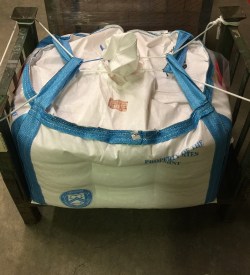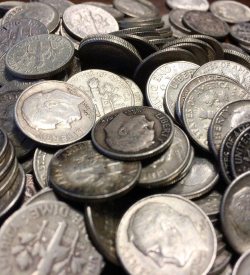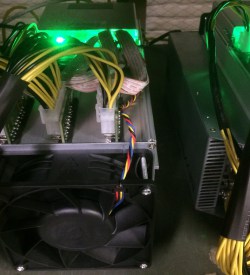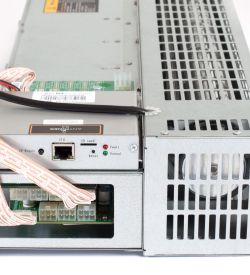Table of Contents: |
Copper Pennies
Brass is one of the most desirable compositions of copper. The copper penny, minted in the United States, has an intrinsic metal value greater than its face value. In fact, each new penny that was minted made of copper weighs 3.11 grams each consisting of 95% copper and 5% zinc. This metal mixture of copper and zinc makes the copper penny a very desirable brass composition. |
The popularity in hoarding, or collecting, copper pennies in vast quantities is due to the fact of rising copper prices makes the actual copper the penny was made of greater in value than the actual face value of one cent.
As time progresses, less and less copper pennies are found in circulation as people pull them out of circulation by literally the millions. Rarity increases and so does price. And not just for the copper value, yet also the coin collecting numismatic value.
Old Copper Coins: Lincoln Wheat Cents
The older the copper penny, the greater the coin collecting value that your penny will have. Lincoln wheat cents used to be plentiful, however, they are becoming a rarity just as the Indian Head penny became.
As the Lincoln Wheat Cent becomes more rare, so does the value of collecting them. Finding unsearched wheat cents has become a challenge to many one-cent/penny collectors around the country and prices have risen dramatically for that unsearched coin.
Regular, searched wheat cents can easily fetch a price for a minimum of three cents each for even the most common 1940s and 1950s wheat cents.
As the decades get older, the value of those wheat cents exponentially increases in value (Buy Wheat cents: Unsearched Wheat Cents).
Wheat cents are fun to many penny collectors as they can hold vast treasures from searching through pennies. There are quite some rare wheat cents, discussed later such as the 1943 copper penny.
| If your penny is a Wheat Cent, Indian Head cent, or older, it is copper. However, they almost definitely have a value greater than copper as a collectible coin.
If your penny is a Memorial cent, then you can look at the date as the easiest method. If it is 1981 and older, your penny is made of copper (exception some test coins have been made of other metals such as aluminum. Also, the 1943 penny was made of steel except for a few very rare and valuable 1943 copper pennies). 1943 Copper PennyThe elusive, rare 1943 copper penny is a wonderful find many coin collectors seek. The 1943 cent has been reportedly sold for nearly $2,000,000 at auction and only a handful of 40-50 are even known to exist. The 1943 copper penny is rare because in 1943 pennies were made of steel due to the heavy demand of copper for World War II. As a result, the speculative reason for why 1943 pennies exist is due to leftover planchets in the minting operation. Read more: 1943 copper penny. |
When did they stop making copper pennies
1982 is the year the switch occurred where they stopped making pennies out of copper. So some pennies in 1982 are copper and others are zinc. You can weigh them as a copper penny new weighs 3.11 grams and a zinc penny new only weighs 2.5 grams.
How to Sort Copper Pennies
Of course, hand-sorting can be fun as a hobbyist and collector. However, if you’re goal is to take full advantage of the copper value of pennies in bulk, industrial sorting is required.
Buying in bulk from us comes in handy. We primarily focus on 20 ton truckloads.
Industrial Sorting
coming soon
How to Clean copper pennies
The best way to clean copper pennies is with a tumbler, an agent, and water.
As far as an agent goes, I’d recommend corn pellets. They are easy, inexpensive, and just plain work.
As far as a tumbler goes, there are a few different choices one can go with, but here’s a basic, everything included with good reviews method of cleaning:
Now, personally, I prefer this combination:
You can read more about coin cleaners here: Coin Cleaners: Copper pennies/brass cleaning.
Canada copper penny
Facts: Canada eliminated their penny in the year 2012.
The copper Canadian penny, before the penny was eliminated, sold for less than copper spot price. This is similar to where the US copper penny is now.
When the Canadian penny was eliminated, the Canadian copper penny value immediately skyrocketed to spot price and higher.
In fact, the price of the penny in general in Canada skyrocketed as coin collectors had a panic grab to get what they could before the penny was gone forever from circulation.
What would happen in the United States if the penny was eliminated?
Have a question?
Want to see this section expanded?
Ask us and we would be happy to write a topic on your question:



